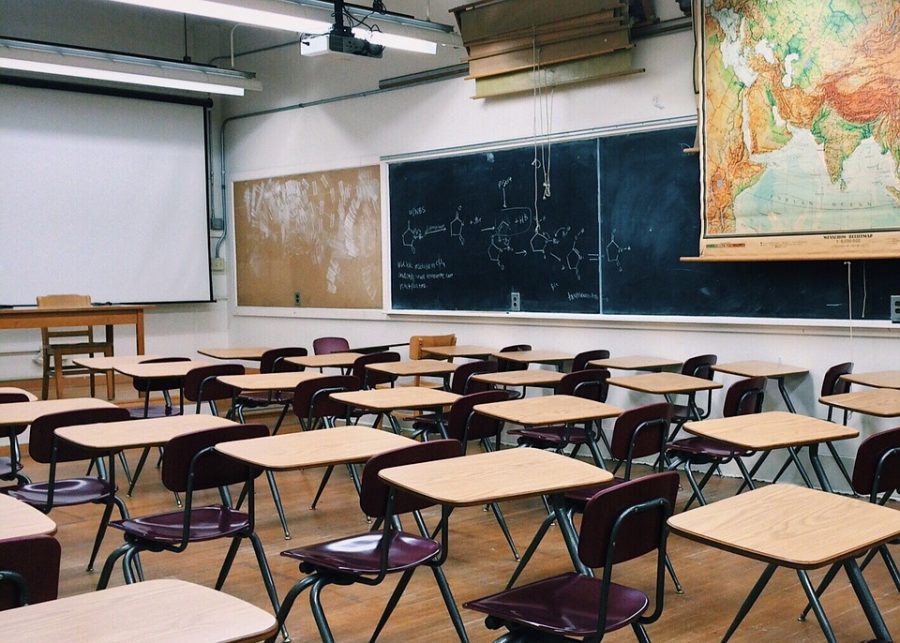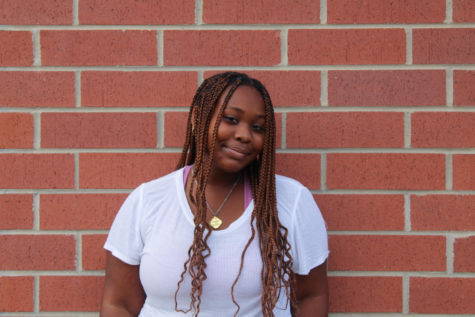Race discussions must be integrated into classrooms to achieve racial equality
Photo courtesy of Creative Commons
Newly sworn in Board of Education members Shebra Evans, Rebecca Smondrowski, and Lynne Harris prepare to guide the school district during the COVID-19 pandemic.
November 4, 2020
Debates on whether or not race should be discussed in classroom settings have been occurring since the death of Emmett Till in 1955. In 2020, we still find ourselves painfully grieving for black lives that should never have been taken. The topic of race is often not a welcome conversation even today but for many Americans, it can’t be ignored just because it is uncomfortable to discuss. Though it should never have come to the current racial climate to prove so, it is obvious that introducing race discussions in the classroom has been long overdue.
Growing up, students are taught morals such as the difference between right and wrong, to treat others how they would like to be treated, and that if they work hard enough they can surely achieve their dreams. Schools happily teach us these ideals and work them into their curriculums, yet, what education today lacks are attempts to tackle prevalent world issues that people experience every day. Specifically, lessons about race.
The question “why does everything have to be about race” is often asked, but the reality is that for many people, their experience is shaped by race. People look at and judge others differently based on race, scrutinizing and praising individuals of different colors at unfair and inconsistent standards. People in positions of authority can ruin lives for simply “fitting a description”.
Humans are being denied jobs, opportunities, and even the right to life simply because of the color of their skin.
To truly achieve racial equality, we must stop using phrases like, “I don’t see color” and start recognizing people’s differences and celebrating them. Anti-racist conversations and lessons need to be introduced in schools and curriculums to establish foundations of acceptance and appreciation for other cultures in the early stages of life. This allows future generations to grow up with positive opinions about all different kinds of people. These generations will soon lead the world, and make for a more accepting and positive society.
We should encourage teachers to initiate discussions about race because even elementary school students experience racial discrimination and microaggressions that can affect them for the rest of their lives. At ages before even knowing how to tie your shoes, having to deal with people treating you differently because of your skin color or background is damaging. If these minority children have to face these real-world issues before hitting double digits, then the least we could do is provide all students with outlets to learn anti-racist tendencies.
Learning about these topics may seem like something parents should teach their kids, but they cannot be entrusted to educate their kids in ways that are honest and impartial. It is the unfortunate truth that generations before us carry predispositions and tendencies regarding races other than their own. Learned behaviors are hard to shake, and it is no secret that the world has not always been kind or fair to people of color. Stereotypes and negative perceptions of certain groups of people will always exist, but we can change that.
What we can do is instill truth about white privilege, facilitate open and honest discussions about race relations in this country, and educate current and future generations about the world we are living in. We can allow for minority children to feel accepted in their adolescence, with the knowledge that authority figures and trusted adults are guiding their peers into understanding the issues that they face. Classrooms are the first of many places we can start these conversations, and in doing so, start progressing towards real change that will benefit everyone.



